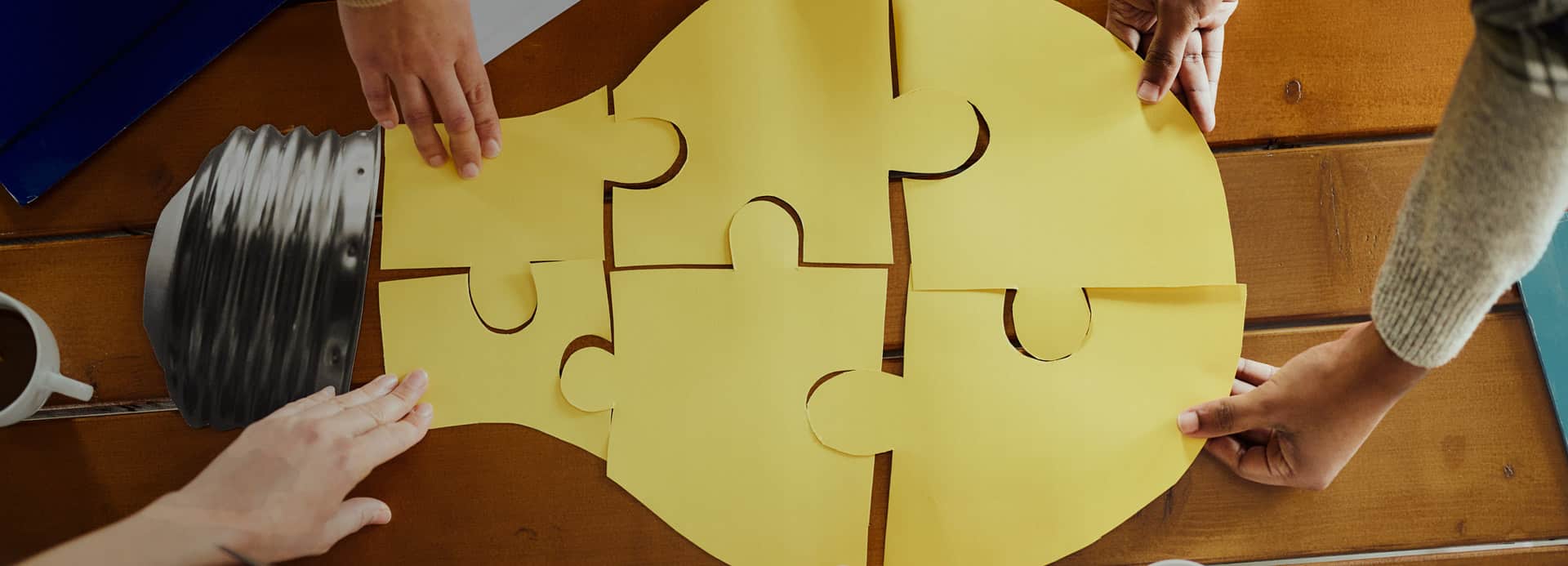So, we know the result – a large majority for Labor – but how did the results overall stack up against the polls?
Mixed-mode sampling, tighter demographic rakes and public data disclosures were all designed to keep the polls in step with an electorate that has grown more fragmented and less inclined to answer survey calls.
Whether those measures were enough – and where they fell short – can now be judged against the hard numbers that emerged once the last postal ballot was scanned.
The results – what actually happened
Primary votes
Even now, more than a week after the election, postal votes are still being counted and several seats are still too close to call.
As of today, Labor appears to have won 94 seats to the Coalition’s 42, the second highest number of seats ever won by a single party in an Australian election.
In terms of primary vote share, Labor is currently around 34.6% of first preferences (up 2 points on 2022), the Coalition on 32% (down around 3 points), the Greens 12% (-0.25), One Nation 6.3% (+1.4), independents 7.35% and a grab-bag of others sharing 7.75% of the vote. That means the combined major-party vote share is only around 66%, a post-war low.
| Party | Primary Vote (%) | Expected Seats Won* | Seat Change | Swing (%) |
| Australian Labor Party (ALP) | 34.6 | 94 | +17 | +2 |
| Liberal–National Coalition | 32 | 43 | -15 | -3 |
| Australian Greens | 12 | 1 | -3 | -0.25 |
| Independents | 7.35 | 9 | 0 | +2.1 |
| Pauline Hanson’s One Nation | 6.3 | 0 | 0 | +1.3 |
| Others (incl. Legalise Cannabis, etc.) | 7.75% | 1 | 0 | +2 |
*As of 14/5/25 two seats are still too close to call
Source: https://tallyroom.aec.gov.au/HouseStateFirstPrefsByParty-31496-NAT.htm
Two party preferred vote
After preference distribution Labor is currently on 54.8 % of the two-party-preferred vote (TPP), a swing of +2.67% nationwide and its strongest position since 2007. In seat terms the ledger sits at Labor 94 – Coalition 43 – cross-bench 11 (with two remaining seats too close to call), giving Anthony Albanese an 18-seat buffer above the 76 needed to govern.
| Party | TPP (%) | Swing from 2022 |
| Labor | 54.57% | +2.44% |
| Coalition | 45.43% | -2.44% |
Labor’s TPP lead of 54.6% is its strongest since 2007, driven by gains in outer suburbs and regional NSW/WA.
State by State
Swings were highly uneven. New South Wales saw a near-four-point two-party-preferred gain to Labor (+3.78 pp to 55.2 %) – enough to push marginal Sydney seats such as Bennelong and Reid further into government territory. South Australia registered the largest shift of all (+5.7 pp, 59.7 % TPP), cementing Labor’s dominance around Adelaide.
By contrast, Victoria was virtually static with a 0.8pp swing to Labor, yet the Liberals still lost both Deakin and Menzies after tight local contests – proof that seat-level factors can overwhelm a flat statewide picture.
Western Australia nudged only +0.6 pp to Labor, but that sliver was decisive in flipping Tangney and putting Hasluck on a knife-edge.
Queensland split 50-50 between the major parties after preferences, which was nonetheless a 4pp swing toward Labor – the state’s largest shift since 2007 – while Tasmania (+4.5 pp swing to Labor) and the ACT (+5.4 pp swing to Labor) also moved solidly to the government. The Coalition’s only bright spot was a slight counter-swing in the Northern Territory of 1.3 pp, helping them to a 54.2 pp TPP victory.
Taken together, the pattern mirrors Roy Morgan’s March mortgage-stress map, where one in four borrowers (26.5 %) were “at risk”; the worst-affected outer-suburban belts delivered some of the sharpest swings, cutting across the traditional metro-vs-regional fault-line.
| State/Territory | Labor | Coalition | Cross-Bench |
| NSW | 28 | 12 | 5 |
| VIC | 27 | 9 | 2 |
| QLD | 12 | 16 | 2 |
| WA | 11 | 4 | 1 |
| SA | 7 | 2 | 0 |
| TAS | 4 | 0 | 1 |
| ACT | 3 | 0 | 0 |
| NT | 2 | 0 | 0 |
| Total | 94 | 43 | 11 |
- Labor strongholds: Victoria, NSW, WA (outer suburbs and cities).
- Coalition holds: Regional QLD, Northern NSW, and rural SA.
- Crossbench gains: Teals retained urban seats (e.g., Kooyong, Goldstein), while regional independents flipped Cowper (NSW) and Nicholls (VIC).
Minor Parties and Independents
- Teal independents retained all six 2022 seats and are trailing by less than 100 votes in Bradfield in Sydney’s north.
- The Greens lost Brisbane and Griffith to Labor despite an 11.8 % national vote, but look to have held on to one seat in Ryan.
- One Nation lifted its Queensland primary to 10.1% but again failed to crack the lower house.
| Party/Group | Seats Won | Key Gains/Losses |
| Greens | 1 | Lost Brisbane, Griffith to Labor, held Ryan |
| One Nation | 0 | Primary vote up 1.3%, no seats |
| Teal Independents | 6 | Retained all 2022 seats |
| Other Independents | 4 | Held all seats, gained Calare with Andrew Gee’s defection from the Nationals |
| Katter’s Australian Party | 1 | Held Kennedy |
Issues and Seat-by-Seat Swing
Journalists love a neat story with clear cause and effect, and 2025 gave us three overlapping ones:
- Cost-of-living and housing were worth real votes. Mortgage-belt divisions such as Deakin and Bennelong swung to Labor – exactly where ALP field organisers blanketed voters with ads for energy rebates and shared-equity loans. By contrast, inner-city seats with sky-high rents but lower home-ownership (Sydney, Cooper) saw smaller primary vote shifts but decisive preference flows.
- Climate faded – but only up to a point. National salience dropped, yet all the teal incumbents retained their seats and The Greens’ share of the vote largely held up even if they lost two seats.
- Crime drove a quiet counter-swing. The Coalition’s toughest messages landed in regional Queensland and northern NSW, limiting Labor’s gains and rescuing Flynn. One Nation’s primary vote hit double digits in eight Queensland seats on the back of that same narrative, though 70–75 per cent of those preferences dutifully flowed back to the Coalition.
Leadership Approval and the Late Break
The campaign began with both leaders under water, but only one recovered:
| 22 April Newspoll | Approve | Disapprove | Net sat |
| Anthony Albanese | 43 % | 52 % | -9 |
| Peter Dutton | 34 % | 58 % | -24 |
During the final fortnight three things happened:
- Debate optics. Focus-group dials spiked for Albanese’s “Medicare card, not your credit card” line and for Dutton’s promise to halve the fuel excise, but the former cut across age and gender while the latter landed mainly with existing Coalition supporters.
- Economic narrative shift. A surprise fall in March-quarter CPI to 2.4 per cent undercut the Opposition’s inflation attack.
- The silent undecided turned out not to be conservative nor fans of Dutton, with YouGov suggesting that his unpopularity was a contributory factor to Labor’s lead.
For pollsters the lesson is clear: leader netsat still matters – just not in a linear fashion. A gap of 10 points on net satisfaction might nudge a marginal seat, however a gap of 15-plus becomes permission for late-break voters to flip en masse, which is exactly what happened in Dickson – where Dutton lost his seat – and Leichhardt.
How the final polls stacked up
The average of the final polls understated Labor by 1.5 pts, overstated the Coalition by about the same amount, and over-called both the Greens and One Nation by a couple of points.
The over-statement of minor parties tells us late tactical voting still matters. Progressive city dwellers came home to Labor, while soft right voters stuck with the majors once the ballot card was in front of them.
| Pollster | Final TPP call | Actual TPP | Error |
| YouGov MRP | 52.9 % ALP | 54.8 % | –1.9 pts |
| Roy Morgan | 53 % ALP | 54.8 % | –1.8 pts |
| Newspoll | 52.5 % ALP | 54.8 % | –2.3 pts |
Seat projections and preference flow assumptions
YouGov’s eve-of-poll MRP projected 84 Labor seats against a range of 76 – 85. Labor looks set to finish on 94, meaning the outcome landed outside the top of YouGov’s cone, even though they called the overall result and trend towards Labor accurately.
While accurate data on preference flows is not yet available, Roy Morgan’s final poll result suggest that just using the 2022 preference flows gave more accurate predictions than going by how voters told them they would vote.
Their final poll showed a TPP split (after preference flows) of 53% Labor and 47% Coalition. Using 2022 flows however would have given a far more accurate tally of 54% to 46%.
So, did the pollsters get it right?
Hits
- Direction and magnitude: Every public series captured the general swing to Labor.
- National error: A 1-3 pt TPP miss is comfortably within the ±3 pt benchmark used for mixed-mode national polls.
- Transparency: All Australian Polling Council signatories released mode, field dates, weighting frame and effective n. Raw data from YouGov and Morgan are already in public repositories.
Misses
- Regional Queensland & WA remain under-sampled. Online panels struggle to recruit FIFO workers and remote households as live-phone response rates there are now in the mid-single digits.
- Three-way preference flows are still modelled with crude historical ratios. One Nation’s softer-than-expected leakage potentially knocked 0.3-0.6 pts off Coalition TPP in several seats.
- Uncertainty communication: Media headlines still seized on single seat counts—“Labor 84 seats”—even when pollsters provided fan charts. Until graphics editors love cones more than dots, mis-framing will persist.
Why 2025 ≠ 2019
Three factors broke the jinx.
- Education weighting removed the tertiary-skew that over-stated Labor six years ago.
- Probability-based online panels were used more prevalently by more pollsters.
- Mandatory disclosure under the Polling Council code squeezed out quiet convergence or “herding”.
Lessons for 2028
Oversample the periphery
A 400-respondent booster across regional Queensland and WA adds roughly AU $15 k to a national tracker yet halves the effective error on parties hovering around 10% share. That is cheaper than re-building credibility after another geographic miss.
Model preferences dynamically
Seat-level how-to-vote trackers—weekly during the final fortnight—would have spotted the Greens’ drift back to Labor and One Nation’s softer hold on its voters. That data can feed MRP priors or Bayesian latent-class models at trivial marginal cost.
Show the cone, not the dot
Fan charts, probability density ridges, even humble ±1 SE bars—anything beats a monochrome seat number. If we want editors to stop “calling” the election prematurely, we have to provide graphics that make ambiguity visually intuitive.
Remember polls are diagnostic tools
The value to campaigns, brands and investors lies in turnout propensity modelling, issue salience and trend spotting. Whether Bennelong falls by 412 or 732 votes is of tactical interest on election night; it is far less useful than knowing that under-40 women swung five points in the last fortnight because of housing affordability.
Overall – a job well done
On the fundamental question—were the polls accurate?—the honest verdict is “much improved, still improvable”. A sub-three-point national error, primary-vote bias of roughly one point and an MRP seat range that contained the result mark polling’s best federal performance in over a decade. Yet the misses, while narrower, cluster in familiar blind spots: remote regions, three-way preference mosaics and the final-week surge of younger renters. Locking in the gains of transparency and mixed-mode sampling, while doubling down on regional boosters and seat-level preference intelligence, is the industry’s homework before 2028. Do that, and we can finally lay the ghost of 2019 to rest.










